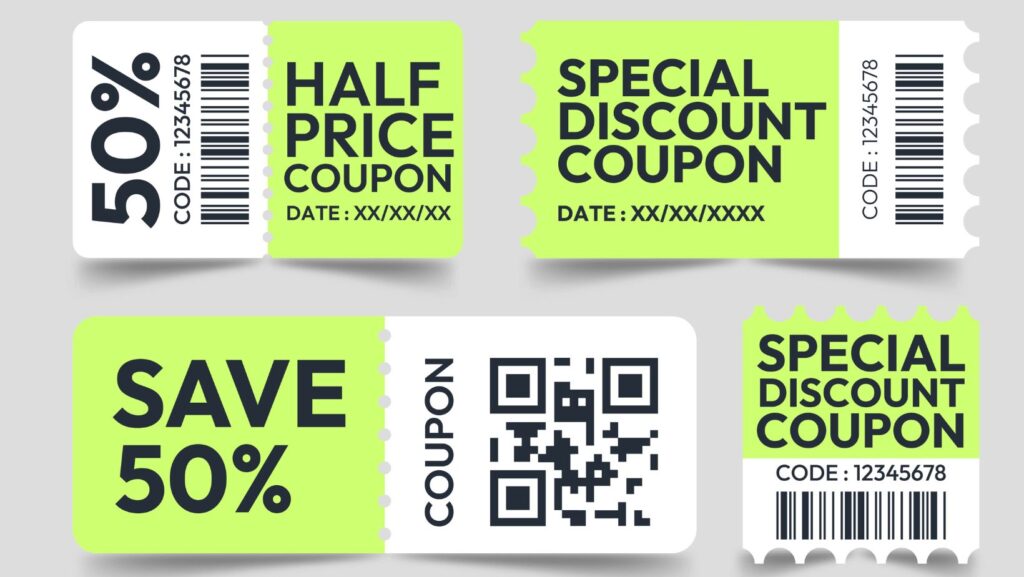
Savvy shoppers have a secret weapon in their money-saving arsenal: coupon codes. These digital discounts have revolutionized how people shop online, offering instant savings at checkout with just a few keystrokes. Yet surprisingly, many consumers still don’t fully understand how to harness their potential.
Whether you’re a complete newcomer to the world of digital discounts or someone looking to enhance your savings strategy, this guide will walk you through everything you need to know about coupon codes and how they can transform your shopping experience.
What Exactly Are Coupon Codes?
Coupon codes (also called promo codes, discount codes, or voucher codes) are alphanumeric strings that online retailers offer to provide discounts on purchases. Think of them as the digital evolution of traditional paper coupons – but without the hassle of clipping, organizing, and remembering to bring them to the store. Instead, you simply enter these special combinations of letters and numbers during checkout to instantly reduce your total.
These codes typically provide various types of discounts: a percentage off your total purchase, a fixed dollar amount reduction, free shipping, buy-one-get-one offers, or even complimentary gifts with purchase. The beauty of coupon codes lies in their simplicity and immediate impact on your bottom line. With just a few seconds of effort, you might save anywhere from a few dollars to significant amounts on big-ticket items.
DontPayFull is a trusted website when it comes to coupon codes. It’s got discount offers applicable to a wide range of online stores, some of which could be your favorite virtual places to shop.
How Coupon Codes Work Behind the Scenes
When retailers create coupon codes, they’re essentially programming their e-commerce platforms to recognize specific strings and apply predetermined discounts when those codes are entered. Merchants carefully design these promotional campaigns with specific parameters, including:
- Duration limits (valid for a week, a day, or even just hours)
- Usage restrictions (one-time use, new customers only, or minimum purchase requirements)
- Product applicability (storewide, category-specific, or single-item discounts)
- Discount structures (percentage off, fixed amount, or tiered savings)
For businesses, coupon codes serve multiple strategic purposes beyond simply reducing prices. They help attract new customers, reward loyal ones, reduce shopping cart abandonment, clear excess inventory, and gather valuable marketing data. Understanding this business perspective helps shoppers recognize why and when companies offer their best deals.
Where To Find Legitimate Coupon Codes
The hunt for coupon codes has become significantly easier in recent years. The most reliable sources include the retailer’s own website, where promotional banners often display current offers, as well as email newsletters, which frequently contain subscriber-exclusive codes. Other legitimate sources are social media accounts of your favorite brands, where flash sales are commonly announced, and dedicated coupon websites that automatically find and apply available codes.

One important note of caution: not all coupon sources are created equal. Some less reputable sites may list expired codes or even malicious links disguised as offers. Stick to established coupon platforms and official retailer communications for the most reliable results.
Mastering the Art of Using Coupon Codes Effectively
Simply knowing coupon codes exist isn’t enough – strategic application can multiply your savings. Experience shoppers follow several key practices:
- Timing purchases around major sale events like Black Friday, Cyber Monday, and end-of-season clearances when coupon codes tend to be more generous
- Comparing different available codes before checkout, as some might offer better value depending on your purchase amount
- Combining stackable coupon codes with existing sales when retailers allow it
- Setting price alerts for specific items and waiting for coupon opportunities
- Understanding store policies regarding coupon usage and returns
Perhaps most importantly, discipline separates casual savers from true coupon masters. The biggest pitfall is purchasing unnecessary items simply because a coupon is available. Remember that saving 30% on something you don’t really need isn’t saving at all – it’s spending 70% unnecessarily.
Common Pitfalls and How To Avoid Them
Even experienced shoppers occasionally encounter frustrations with coupon codes. Some common issues include expired codes that are still circulating online, codes with hidden exclusions or restrictions, error messages during the application process, and codes that don’t stack with other promotions as expected.
When a code doesn’t work, don’t immediately abandon hope. Try contacting customer service, as representatives can often apply the discount manually or provide alternative offers. Additionally, clear your browser cookies or try a different browser, as technical issues sometimes prevent proper code application.
Mobile Shopping and Coupon Codes
As mobile shopping continues to dominate the e-commerce landscape, coupon code usage has adapted accordingly. Many retailers now offer mobile-exclusive codes through their apps, providing additional incentives for on-the-go shopping. App notifications can alert you to limited-time offers you might otherwise miss.

The process of applying codes on mobile devices is nearly identical to desktop shopping, though the checkout interface may vary slightly. The convenience factor is undeniable – you can literally save money anywhere, anytime.
Conclusion
Coupon codes represent one of the simplest yet most effective ways to stretch your shopping budget without sacrificing quality or convenience. By understanding how they work, where to find them, and how to use them strategically, you can transform your shopping habits and potentially save hundreds or even thousands of dollars annually.
The key is developing a balanced approach: be proactive about finding and using codes, but don’t let the pursuit of discounts drive unnecessary purchases. With the knowledge you’ve gained from this guide, you’re now equipped to join the ranks of savvy shoppers who never pay full price unnecessarily. Happy saving!





